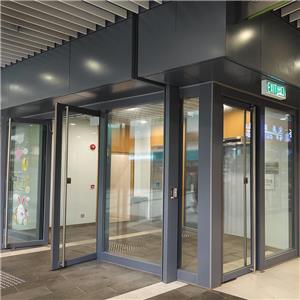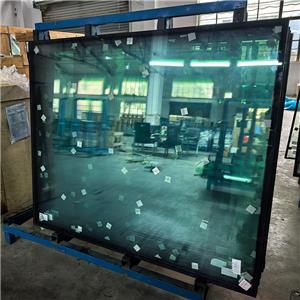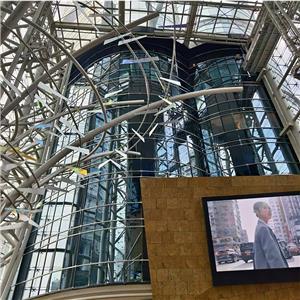Where is fire-resistant glass used?
Fire-resistant glass, also known as anti-fire glass, finds extensive applications in various industries due to its unique properties that allow it to resist heat and flames, thus providing essential fire safety. Here's a brief overview of some common places where this type of glass is used: 1. Residential Buildings: In high-rise apartments and homes, fire-resistant glass is incorporated into partition walls, windows, and doors to create fire compartments and limit fire spread, protecting occupants. 2. Commercial Spaces: Office buildings, malls, and hotels often use fire-rated glazing in corridors, stairwells, and emergency exit windows to maintain structural integrity and prevent fire from becoming a life-threatening hazard. 3. Public Transportation: Train stations, airports, and buses feature bulletproof or fire-resistant glass to protect passengers and ensure safety during emergencies. 4. Institutes & Laboratories: Laboratories, where flammable materials are stored, utilize this glass to contain fires and protect researchers from thermal hazards. 5. Fire Doors: Fire-rated glass doors provide an escape route while maintaining fire barriers, allowing for controlled evacuation. 6. Banks & ATMs: To secure transactions and protect against fire damage, many banks install fire-resistant glass partitions and deposit boxes. 7. Exhibition Halls: Trade shows and events require temporary partitions that can withstand short-term exposure to fire, ensuring the safety of attendees and exhibitors. 8. Museums & Heritage Sites: For the protection of valuable artifacts and collections, fire-resistant glass helps safeguard them from potential fire incidents. Overall, fire-resistant glass plays a crucial role in fire safety planning by reducing the spread of flames and smoke, enabling efficient evacuation, and preserving structures during emergency situations.




